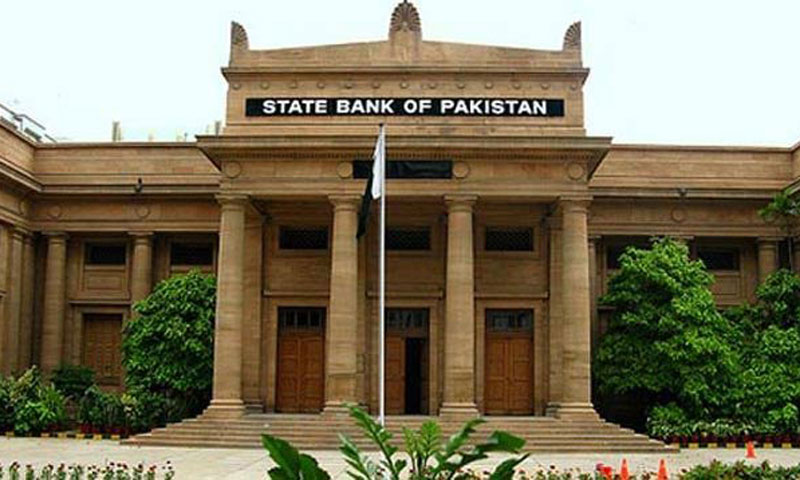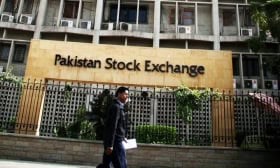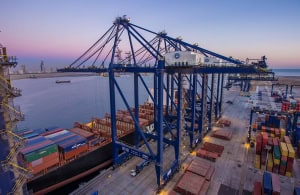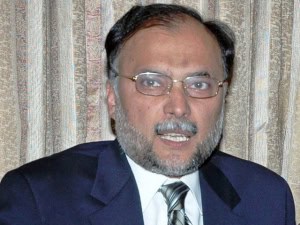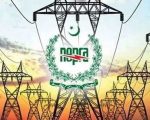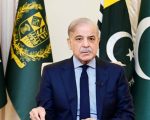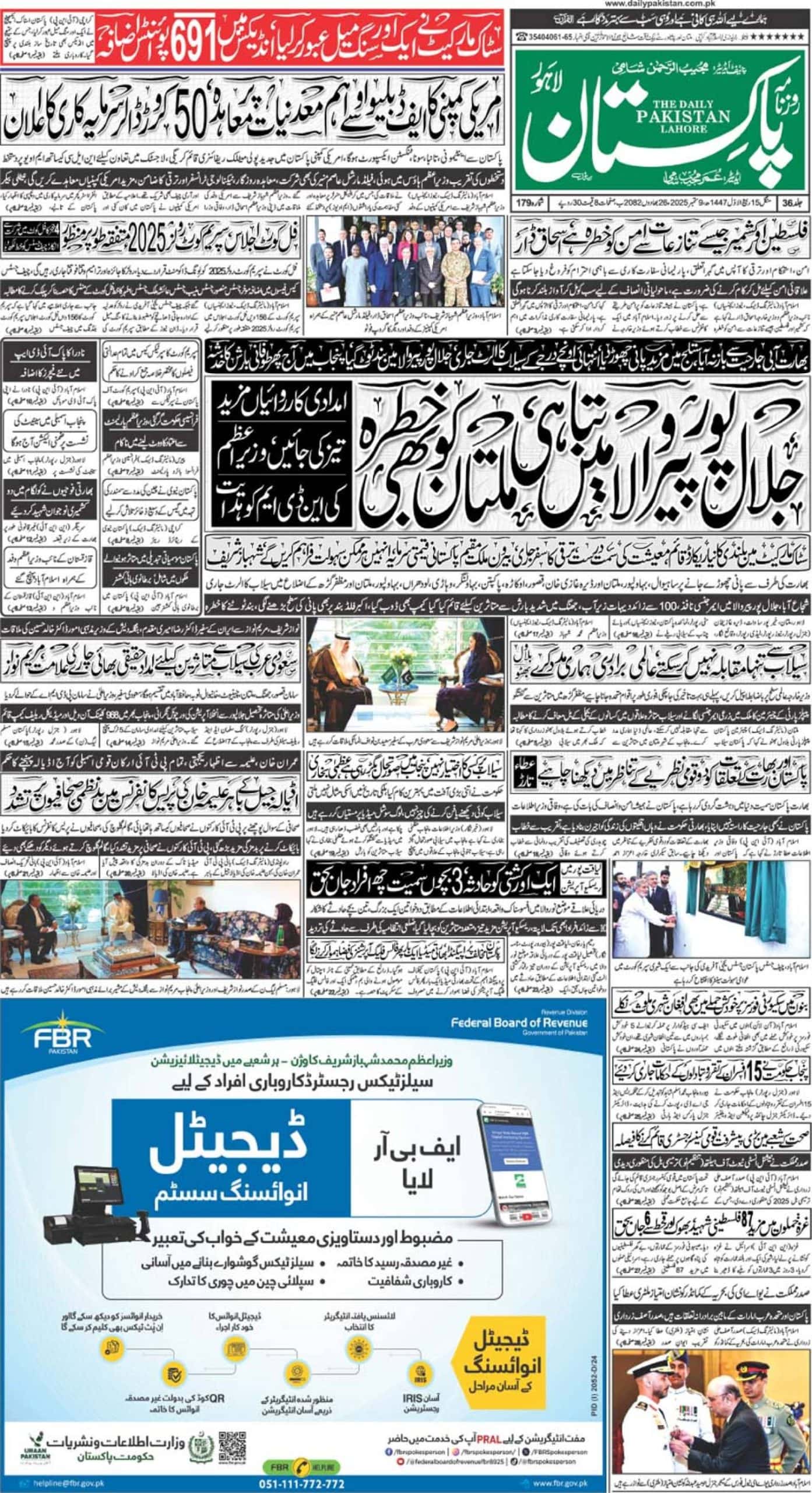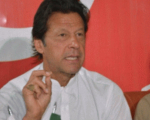KARACHI: The State Bank of Pakistan (SBP) on Friday released its Third Quarterly Report for FY16 on the state of Pakistan’s Economy.
According to the report, Pakistan’s economy maintained its growth momentum during FY16, despite suffering from heavy losses in the agriculture sector. The report particularly highlighted the acceleration in industrial and service sector growth on the back of better energy supply and improvement in the security situation of the country.
Other key macro-economic indicators also improved during FY16, the report noted. For example, average CPI inflation was almost half the level seen last year, while inflationary pressures were also checked.
This ease in inflation primarily came on the back of continued low commodity prices in the global markets (and its swift pass through to domestic consumers, particularly for POL products), comfortable supplies of key food items, and a stable exchange rate.
Another positive for the economy, as mentioned by the report, was the surplus in the external account during the first nine months of the year, which was led by largely contained oil payments, a modest rise in worker remittances and foreign currency loans.
Hence, SBP’s reserves reached US$ 16.1 billion (aggregate reserves including banks) by end-March 2016 – this amount was sufficient to finance four months of the country’s import bill, and more than twice the short-term payments.
Fiscal indicators also witnessed broad improvement, as noted by the report. The budget deficit reduced to 3.4 percent of GDP in Jul-Mar FY16, from 3.8 percent in the same period last year.
More importantly, the country recorded a primary surplus during this period. Higher revenues, contained expenses and a larger surplus from provinces led to this improvement in the fiscal account.
According to the report, besides subdued commodity prices (particularly oil) in the global market, policy support also played a key role in improving macro fundamentals.
An expansionary monetary policy for the last one and a half year, development focus of fiscal spending (particularly on infrastructure projects which also encouraged construction and related activities), better energy management, and CPEC related initiatives, all helped the macro-condition of the economy, according to the report.
The report also identified low investment rate, a continued weakness in exports, slowdown in remittances, and narrow tax base despite stop-gap counter-measures by the government as some of the key challenges for the economy, which needs to be tackled through structural reforms so that the recent improvement in macro fundamentals can be sustained.
